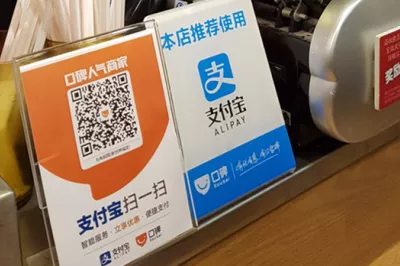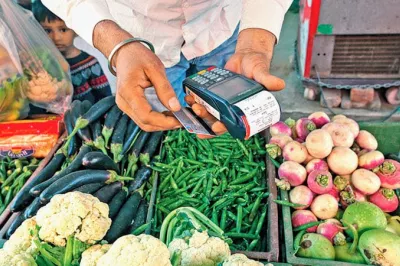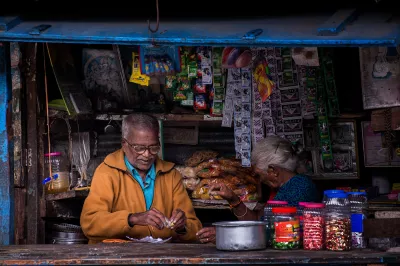When it comes to the distribution side of a merchant payments deployment, providers face a number of difficult choices at the strategic and operational levels. The choices they make have major ramifications for how quickly the business can scale, how easily customers adopt the solution, and how much value the provider is going to be able to create for its users, its partners, and itself. Ultimately, it will also determine the business model choices open to the provider over the medium term.
The choice of acceptance technology is essential in several ways
One of the many decisions providers face in merchant payments is what acceptance technology to use. Most providers focus on trying to understand the demands that different acceptance technologies place on users’ digital skills and devices, since these effectively determine the addressable market. If few people have smartphones or know how to use them, certain technologies will not be suitable.
Another factor that many providers should consider is cost. Different technologies come at different price points, and merchant networks are necessarily extremely large — perhaps up to 10 times the size of agent networks. Providers need to consider the sheer capital expenditure that this scale requires to avoid making a choice that could cost them dearly down the line.
But acceptance technology also determines the user experience for merchants and consumers. It determines the flow, speed, and security of the transaction and puts limits on the features providers can offer. These are important considerations that could derail a deployment before it ever gets to the questions of addressable market and cost of scaling, especially when combined with a weak value proposition.
Interoperability should be part of the approach from the outset
DFS providers entering merchant payments typically approach merchant acquiring in much the same way they do their agent networks. They tend to see merchants as a competitive space, where they need to plant flags and grab as much real estate as possible to win. But in the vast majority of markets, providers would be better off curbing these impulses in favor of cooperative approaches.
The main reason is simple: scale. If advanced economies are anything to go by, merchant networks may need to be up to 10 times as large as a well-developed agent network. This is because the usefulness of merchant payments for a consumer depends directly on the number of places he or she can use it. If it works for 90 percent of his or her payments, it is quite useful. But 40 percent is less so since the customer will need to carry a lot of cash, and 10 percent is bordering on pointless, unless there is a genuinely good reason for them to prefer digital. But even 10 percent of all shops, restaurants, hairdressers, and buses in a given market is a large number of acceptance points. Most deployments do not come near that type of scale in the first year or more.
Providers are better off focusing on growing the pie by maximizing their collective acceptance network and trying to reach critical mass for merchant payments across the market, rather than by pursuing a short-sighted notion of “winning” that is more likely to result in failure for everyone.
You need third-party merchant acquirers and may want to consider whether you should do acquiring at all

Another central way to drive scale in the merchant acceptance network is to allow third parties to help by enabling and encouraging them to build independent businesses around that piece of the acquiring value chain. Today, most card merchants in the United States are acquired by third parties. But this approach does not come naturally to many DFS providers, who tend to want to control their distribution networks even if they outsource elements of it.
Third-party merchant acquirers can be essential for developing the merchant payments ecosystem in several ways. The most obvious is that they spend their own capital finding, on-boarding, and managing merchants. Hence, they offer providers a way to benefit from greater scale in acquiring networks without bearing the cost and risk themselves.
Crucially, they can also strengthen merchants’ buy-in and enthusiasm for digital payments by offering them a more compelling value proposition. In the card space, a range of specialized third-party acquirers has evolved that offers highly customized solutions for restaurants, taxis, hotels, and other businesses. Few DFS providers have the inclination to do this. As a result, merchant offerings are often generic, not very useful, and ineffective at driving strong uptake.
|
Continue to: Opportunity | Value Proposition | Business Model |









